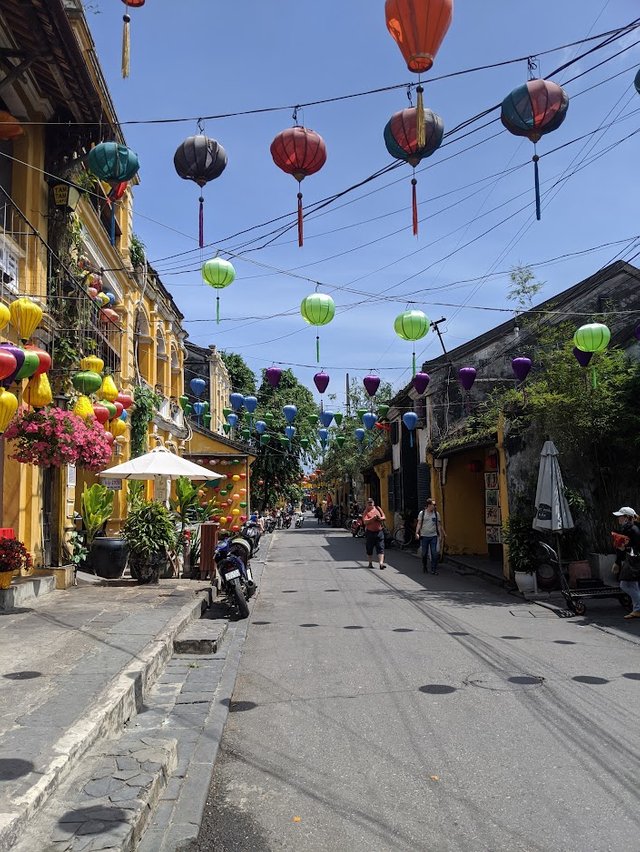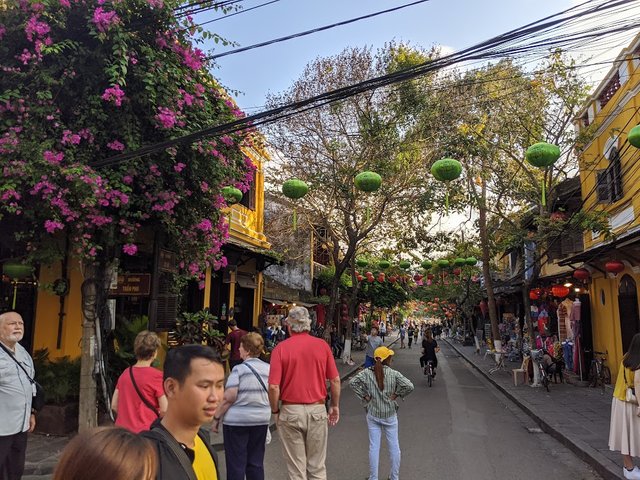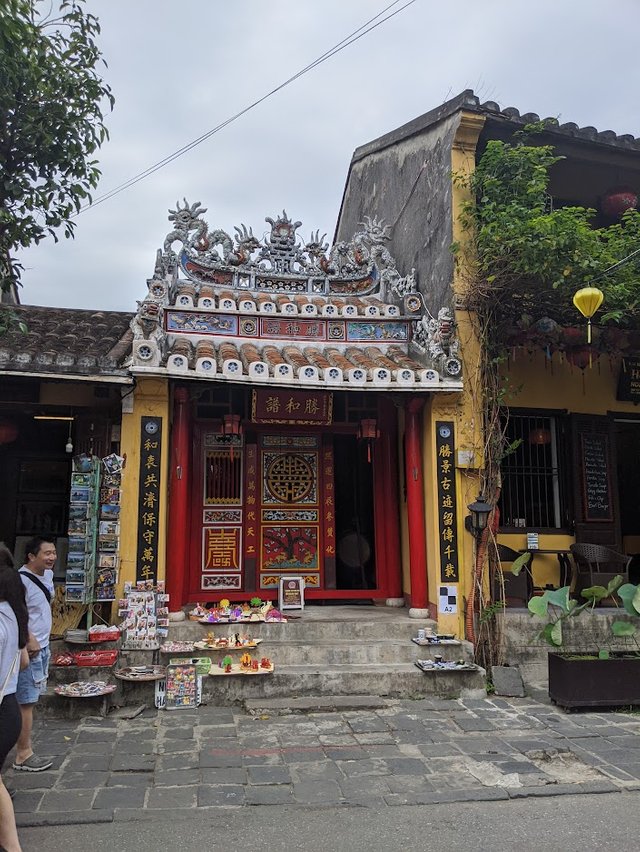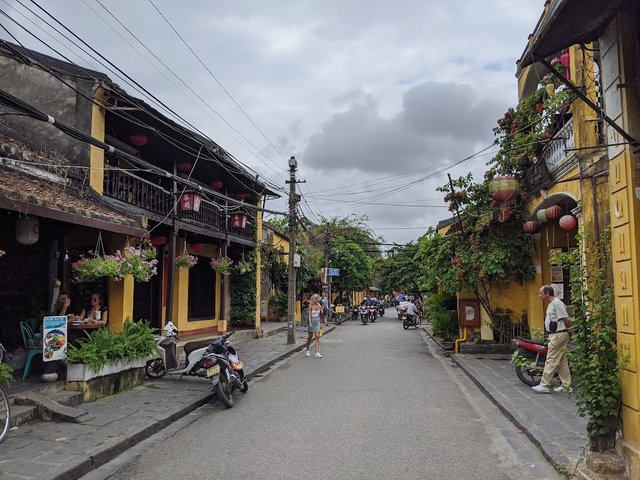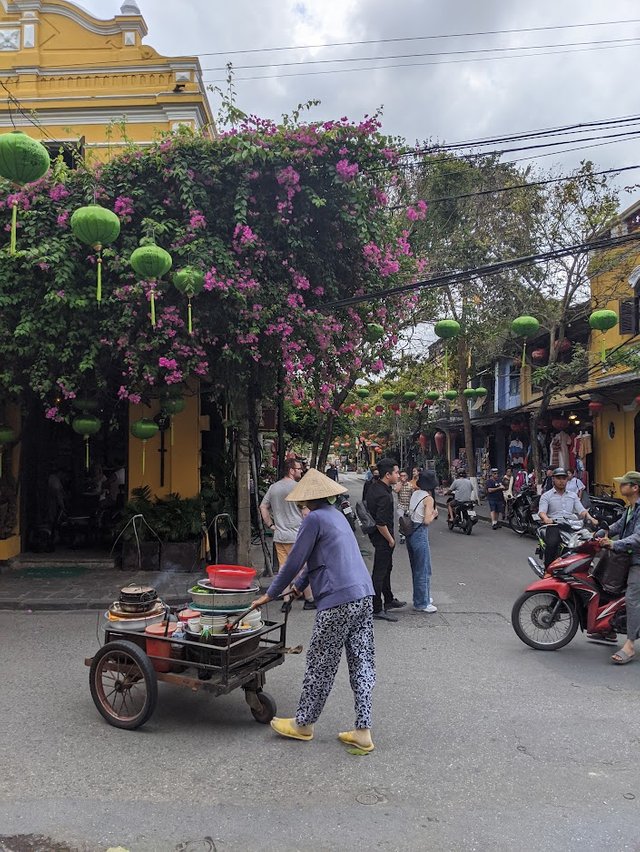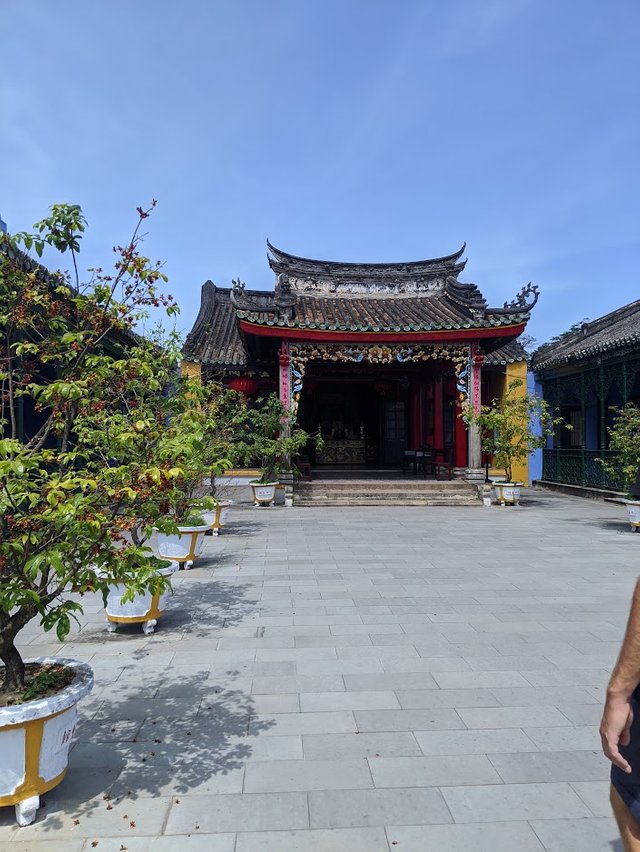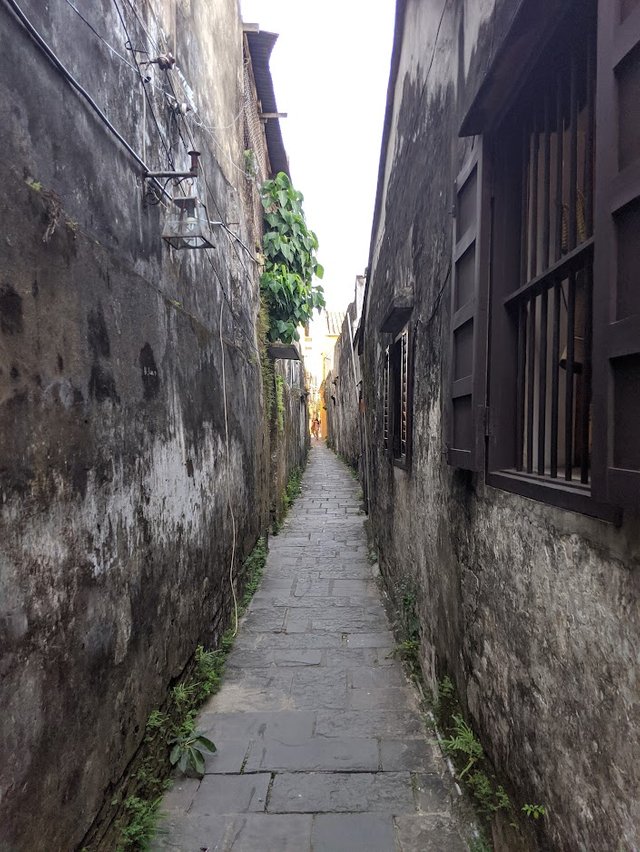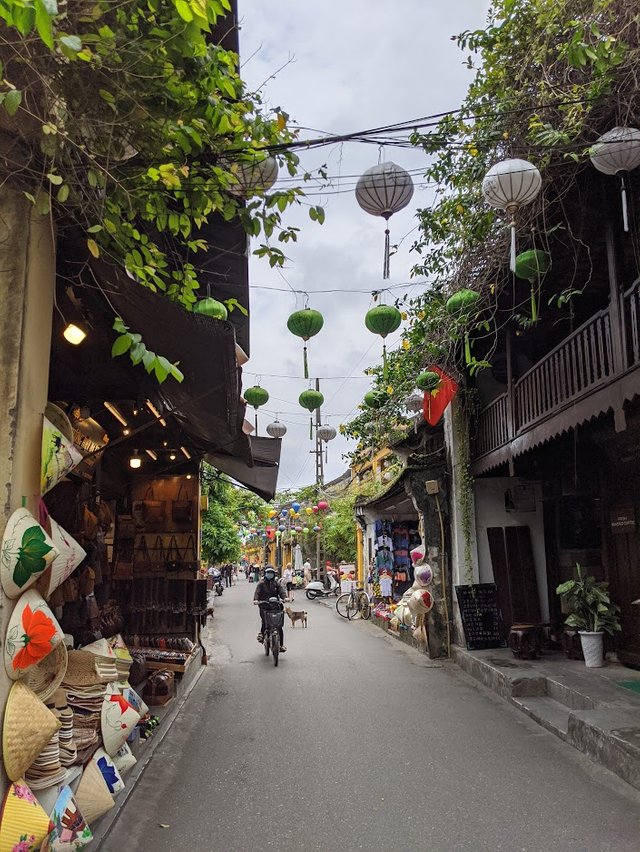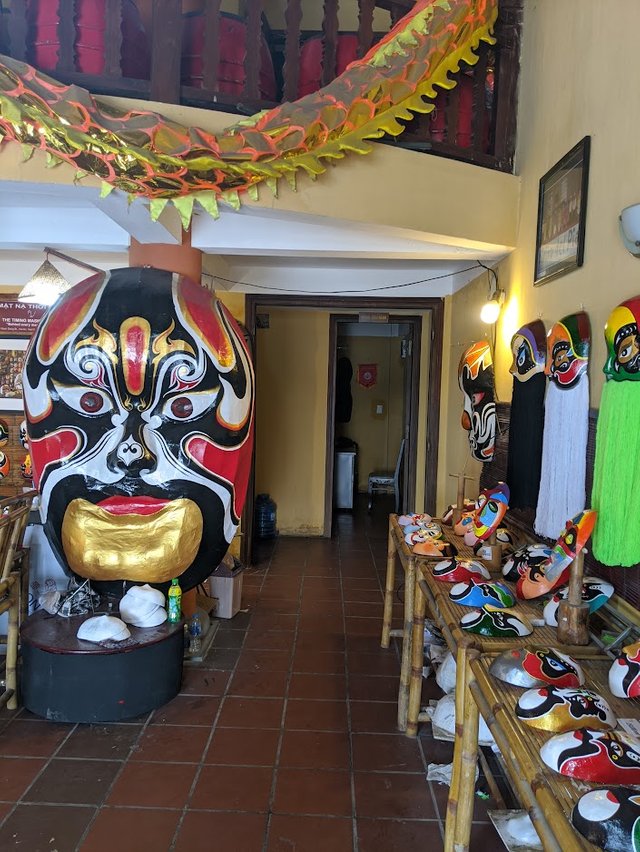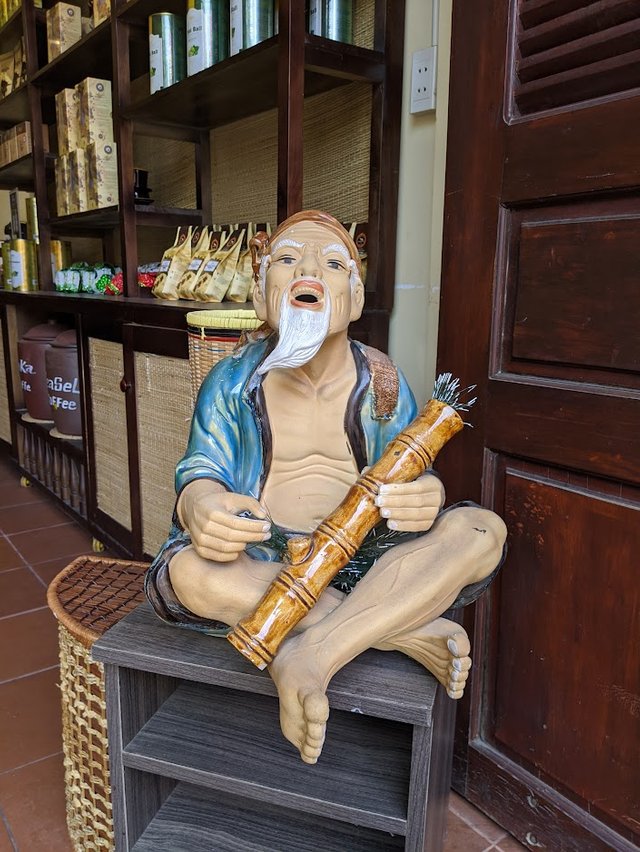Historic Charm & Hidden Beauty- A Walk Through Hoi An Ancient Town - UNESCO Viet Nam
Hoi An Ancient Town is a UNESCO World Heritage Site located in central Viet Nam. The town is roughly 30km south of Da Nang and is situated along the Thu Bồn River. It was a busy international trading port from the 15th to the 19th century. Over the years, the river silted up and made it difficult for large-scale trading to continue, and it was at this time that major trade transitioned to Da Nang. The timing of this ultimately helped to protect Hoi An from industrialization and allowed the town to hold onto much of its ancient charm.
The streets of Hoi An offer a unique and fascinating blend of Vietnamese, Chinese, Japanese, and European architectural influences. These influences can be seen in many forms, including Chinese-style assembly halls, which often feature ornate gates, intricate tile mosaics, and colorful carvings of mythological creatures. There are many shared cultural traditions as well, including Lunar New Year and Mid-Autumn Festival celebrations, which both feature lion dances and lantern lighting.
The most famous example of Japanese architectural influence is the Japanese Covered Bridge, which was built by Japanese merchants in 1590 to connect the Japanese and Chinese neighborhoods. Another design element that is much less obvious, but still quite significant, is the practice of carving thick wooden beams to fit together without the need for nails.
European aesthetic choices like pastel-painted facades and shuttered windows can also be seen throughout the ancient town. This style is most prevalent on the streets nearer to the river, which were renovated during the French colonial period in the late 19th and 20th centuries.
Despite all of the outside influences, there are still many Vietnamese design features that can be clearly seen throughout town. One such example is in the widely adopted “tube house” design, which is when you have a long building that is narrow in the front. This shape was chosen to reduce the tax burden for the building, which was based on how much of the street it occupied. Many of the buildings will also feature decorative lotus flowers, dragons, and phoenixes carved into wooden beams and doors, which is common to see across Viet Nam.
It's really nice to just walk down the street and take in the beauty of the place. This is one of the few places in Vietnam where cars are prohibited, and motorbike traffic is severely limited, which allows for a much more peaceful atmosphere than many other Vietnamese travel destinations.
In addition to its well-preserved historical design, the past also lives on in Hoi An through the traditions of handicraft, which have been carried on through the generations by the local people. Traditional crafts like tailoring, lantern-making, pottery, and wood carving are still practiced by the locals, and most of the charming little boutiques are full of high-quality goods made similarly to how their ancestors did. One could spend days wandering these streets, and still not uncover all of the curiosities Hoi An has to offer.
I hope you enjoyed reading about my time wandering the streets of Hoi An Ancient Town. If you found the photos to be beautiful and interesting, please consider joining me for my next post, where I will share with you the beauty of Hoi An at night, in all its lantern-lit glory.
All photos were taken by me. I hope you have a wonderful day.
